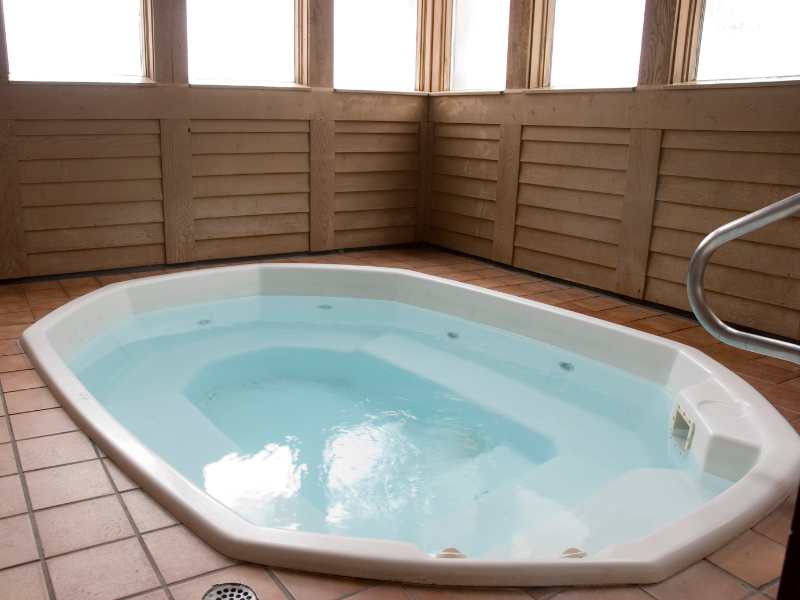How Much Do Walk-in Tubs Cost?
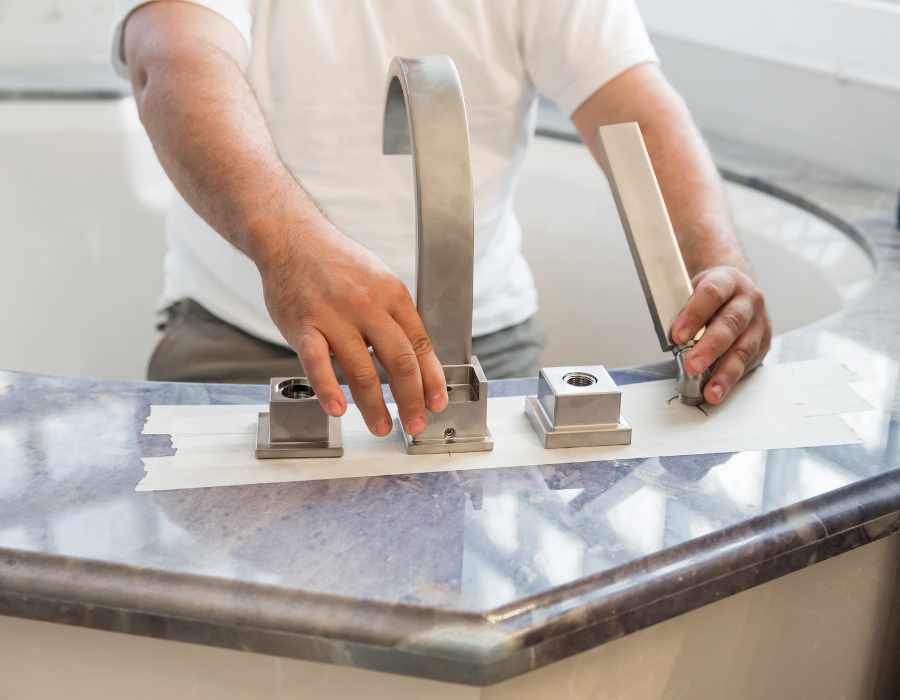
Walk-in tubs are increasingly popular for their convenience, safety, and therapeutic benefits, especially among older adults or those with mobility issues. Unlike traditional bathtubs, walk-in tubs are designed with a door for easy entry, reducing the risk of slips and falls.
As you consider investing in a walk-in tub, understanding the costs involved is important. This guide will break down the various factors influencing walk-in tub prices and help you make an informed decision that balances comfort, safety, and affordability.
Types of Walk-in Tubs
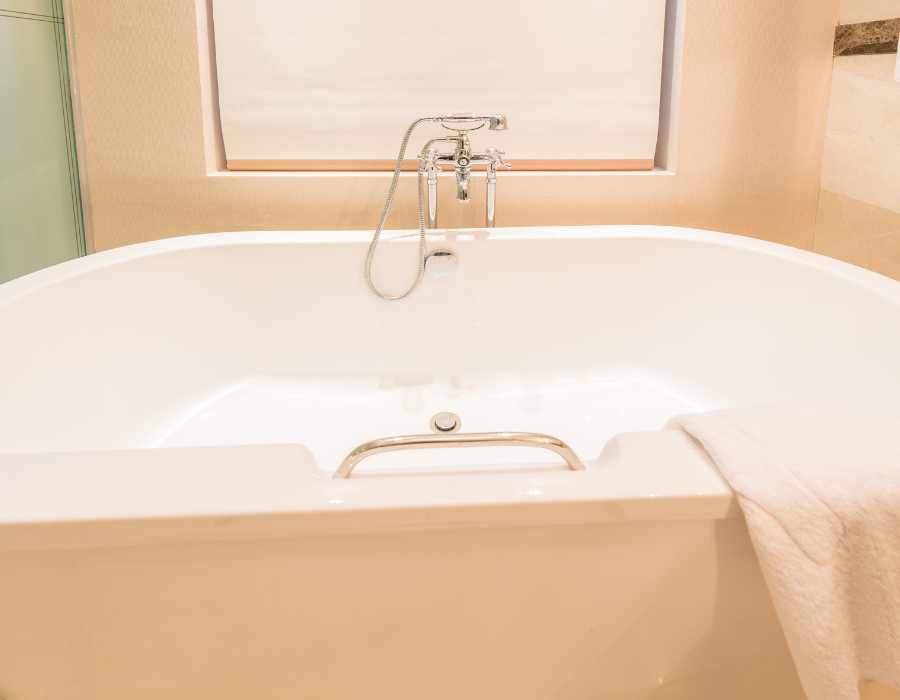
Soaker Tubs
Basic walk-in tubs that offer a safe and comfortable soaking experience without additional therapy features. These tubs are the most affordable and straightforward option, ideal for those seeking a simple bathing solution.
Hydrotherapy Tubs
Equipped with water jets or air jets, hydrotherapy tubs provide a spa-like experience by massaging muscles and improving circulation. These tubs are perfect for users with arthritis, muscle pain, or circulatory issues.
Bariatric Tubs
Designed for larger individuals, bariatric tubs offer reinforced construction and more spacious seating. These tubs provide the same safety and comfort features as standard models but with enhanced durability and capacity.
Wheelchair-Accessible Tubs
These tubs feature outward-opening doors and low thresholds to accommodate wheelchair users. Shower chair often includes additional features like transfer seats and extended handrails to facilitate easy and safe transfers.
Factors Influencing Walk-in Tub Costs
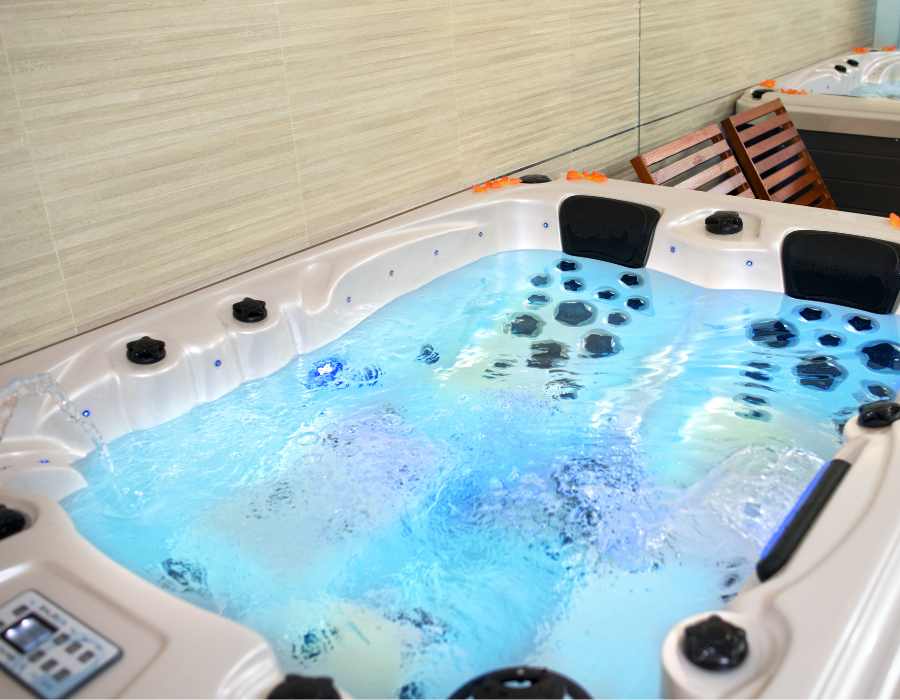
Built-in Seats
Most walk-in tubs come with built-in seating, which can vary in design and comfort. Higher-end models may offer heated seats or contoured designs for added comfort.
Grab Bars
Integrated grab bars enhance safety by providing sturdy handholds for getting in and out of the tub. The number and placement of grab bars can affect the overall cost.
Anti-Scald Systems
These systems regulate water temperature to prevent scalding, which is particularly important for safety. They can add to the cost but are essential for those with sensitive skin or limited mobility.
Therapy Features
Walk-in tubs can include various therapeutic features such as air jets, whirlpool systems, and chromotherapy (color therapy). Each additional feature increases the tub’s price but provides specific health benefits.
Acrylic vs. Fiberglass
You might ask what are tubs made of? Walk-in tubs are commonly made from either acrylic or fiberglass. Acrylic tubs are generally more durable, resistant to scratches, and retain heat better, making them more expensive than fiberglass options. Fiberglass tubs are lighter and cheaper but may not last as long.
Reinforcements and Insulation
Additional reinforcements and insulation improve the tub’s durability and heat retention, enhancing the bathing experience but also increasing the cost.
Bathroom Modifications
Installing a walk-in tub may require modifications to the existing tub and bathroom layout, such as enlarging the doorway, altering plumbing, or reinforcing the floor. These modifications can significantly affect the installation cost.
Plumbing and Electrical Needs
Walk-in tubs may require updated plumbing and electrical systems to accommodate features like hydrotherapy jets or fast-fill valves. These upgrades add to the overall cost and should be factored into the budget.
High-end vs. Budget Brands
Walk-in tub prices vary widely depending on the brand. High-end brands offer premium materials, advanced features, and robust warranties, but come at a higher cost. Budget brands provide more affordable options but may lack some advanced features and durability.
Warranty and Customer Support
Comprehensive warranties and excellent customer support add value to the purchase, providing peace of mind and potentially reducing long-term costs. However, these benefits are often reflected in the initial price of the walk in tub.
Average Cost Range for Walk-in Tubs
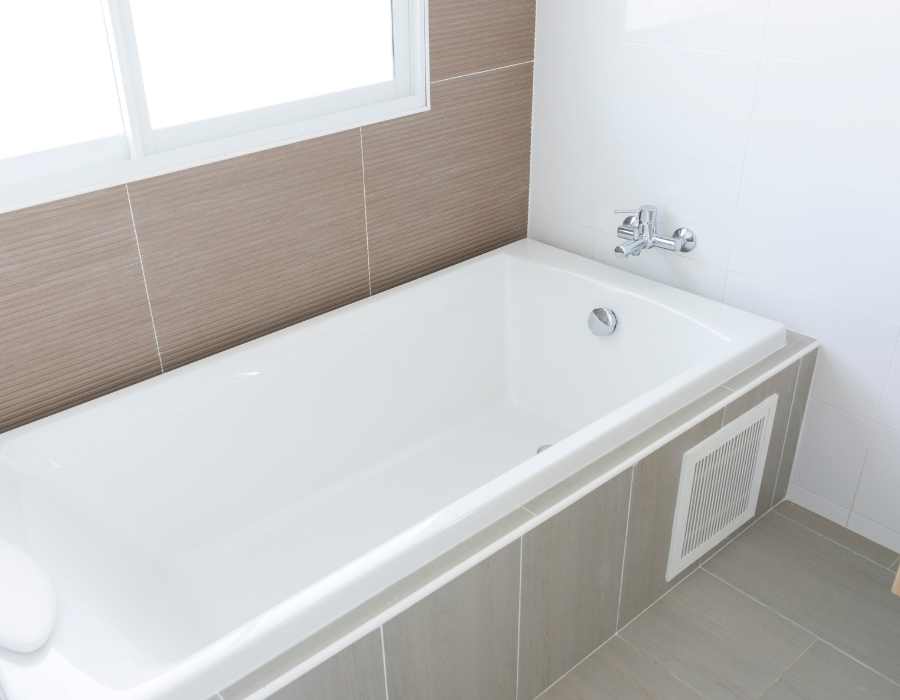
Basic Walk-in Tubs
Basic walk-in tubs are the most affordable option and provide the essential features for safe and accessible bathing. These models typically include a watertight door, built-in seating, and grab bars. They are ideal for users seeking a straightforward solution without additional therapeutic features. The price range for basic walk-in tubs is typically between $2,000 and $5,000.
Features: Standard door, basic seating, essential safety features
Best for: Budget-conscious buyers, simple bathing needs
Mid-range Walk-in Tubs
Mid-range walk-in tubs offer enhanced features and greater comfort compared to basic models. These tubs often include therapeutic elements such as air or water jets for hydrotherapy, which can help with muscle relaxation and circulation. The price range for mid-range walk-in tubs is generally between $5,000 and $10,000.
Features: Hydrotherapy options, better build quality, additional comfort features
Best for: Users seeking a balance of cost and additional therapeutic benefits
High-end Walk-in Tubs
High-end walk-in tubs are premium products designed with advanced features for a luxurious bathing experience. They may include multiple therapeutic options, such as whirlpool jets, chromotherapy, and heated surfaces. High-end tubs are constructed from high-quality materials and often come with extensive warranties and customer support. The price range for high-end walk-in tubs is typically between $10,000 and $20,000 or more.
Features: Advanced therapy options, high-quality materials, luxury features
Best for: Users who prioritize maximum comfort and are willing to invest in premium features
Cost Breakdown by Components
Tub Unit
The cost of the walk-in tub unit itself varies based on its features, materials, and brand. The basic structure of the tub, including the watertight door, built-in seat, and essential safety features, is the primary cost driver.
- Basic models: $1,500 – $3,000
- Mid-range models: $3,000 – $6,000
- High-end models: $6,000 – $12,000
Installation costs can vary significantly depending on the complexity of the project. Simple installations in a bathroom already equipped for a walk-in tub may incur minimal additional expenses, while extensive modifications can add substantial costs.
- Basic installation: $1,000 – $2,000 (Includes straightforward fitting and minor adjustments)
- Moderate installation: $2,000 – $5,000 (Involves some modifications to plumbing or minor structural changes)
- Complex installation: $5,000 – $10,000+ (Requires significant bathroom remodeling, plumbing, and electrical upgrades)
Additional Features and Customization
Walk-in tubs can be customized with a variety of additional features that enhance the bathing experience but also add to the cost.
- Hydrotherapy systems: $500 – $2,000 (Air jets or water jets for massage and therapy)
- Safety upgrades: $200 – $1,000 (Additional grab bars, anti-slip flooring, anti-scald systems)
- Comfort enhancements: $300 – $1,500 (Heated seats, built-in speakers, chromotherapy lighting)
Plumbing and Electrical Work
Upgrading or adapting existing plumbing and electrical systems to accommodate a walk-in tub can contribute significantly to the overall cost.
- Plumbing work: $500 – $2,000 (Depending on the need for new piping, drains, or adjustments)
- Electrical work: $500 – $1,500 (For adding outlets, installing pumps, or other electrical modifications)
Hidden Costs and Additional Considerations
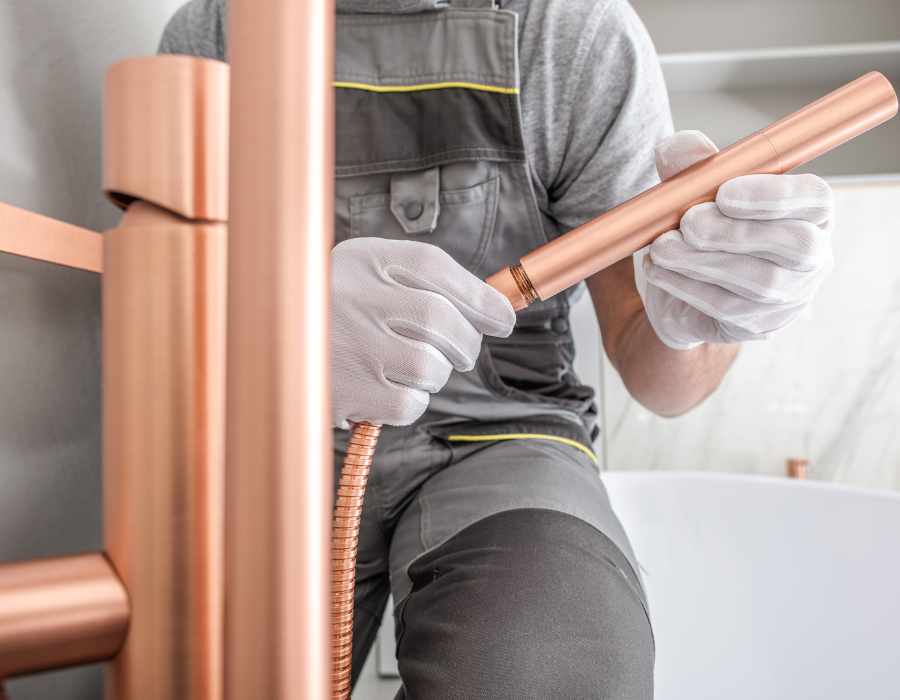
Maintenance and Repairs
Maintenance and repair costs can add up over time, especially if the tub includes advanced features like hydrotherapy jets or electronic systems. Regular maintenance is important to keep the regular tub in good working condition and can involve:
- Annual maintenance: $100 – $300 (For cleaning, inspecting the door seal, and servicing jets)
- Repairs: Varies based on issue (Common repairs include fixing leaks, replacing seals, or servicing electronic components, typically costing $200 – $1,000 per repair)
Permits and Compliance
Installing a walk-in tub may require permits, especially if significant plumbing or structural changes are involved. Ensure compliance with local building codes to avoid fines or issues.
- Permit fees: $50 – $200 (Depending on local regulations and the scope of the project)
Financing and Insurance
Many buyers opt for financing options to manage the cost of a walk-in tub. Additionally, some insurance policies may cover part of the expense, particularly if the tub is deemed medically necessary.
- Financing: Interest rates and terms vary. Options include personal loans, home improvement loans, or financing through the tub manufacturer.
- Insurance: Medicare and private insurance may cover part of the cost under certain conditions, such as a doctor’s prescription for a medically necessary installation.
Accessibility Improvements
Beyond the tub itself, enhancing bathroom accessibility can improve safety and usability but may incur additional costs.
- Modifications: $500 – $3,000 (Installing wider doors, grab bars, or non-slip flooring in the bathroom)
Energy Costs
Walk-in tubs with features like heated seats, water heaters, or pumps may increase your household energy consumption. Consider the long-term impact on utility bills when evaluating the overall cost.
Energy consumption: Depends on features. Heated and jetted tubs can add to electricity usage.
How to Choose the Right Walk-in Tub for Your Budget
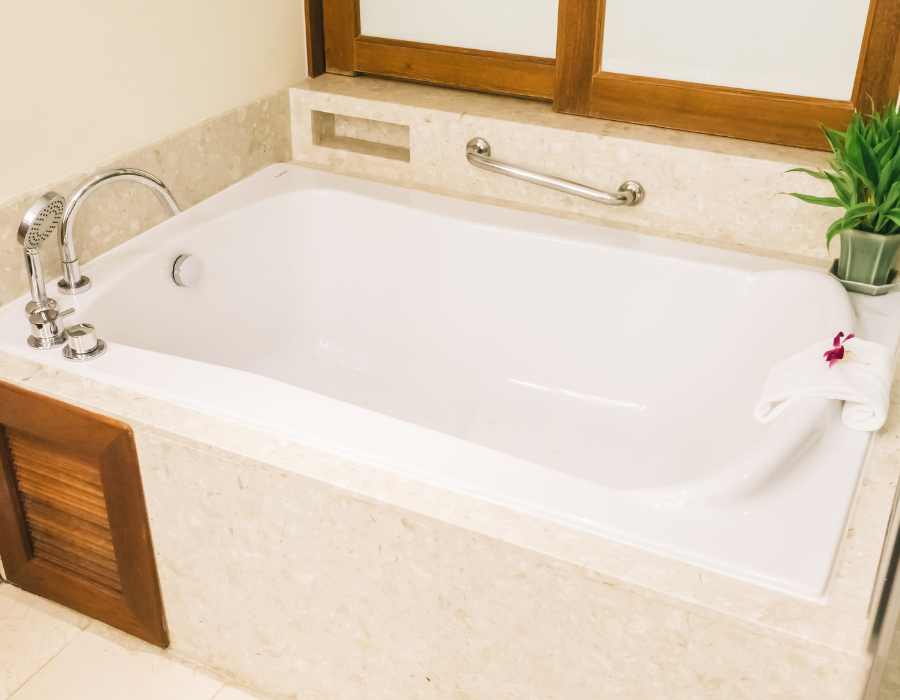
Evaluate Personal Requirements
Start by identifying your specific needs and preferences. Consider factors like mobility issues, chronic pain, or conditions such as arthritis that might influence your choice. Determine the primary purpose of the tub—whether it’s for safety, therapy, or relaxation—and prioritize features accordingly.
Consider Long-term Use
Think about the long-term benefits and how your needs might evolve. Investing in a tub with additional safety features or therapeutic options can provide lasting value as you age or as mobility needs change. It’s often worthwhile to invest in features that enhance usability and comfort over time.
Space and Layout
Measure your bathroom to ensure that the chosen walk-in tub fits comfortably without extensive modifications. Consider the door swing (inward or outward) and whether the tub’s dimensions accommodate existing fixtures and doorways.
Evaluate Options
Research different brands and models to compare features, quality, and price. Read reviews and testimonials to understand user experiences and identify any common issues with specific brands. Look for brands known for reliability and strong customer support.
Balance Cost and Features
Create a list of must-have features versus nice-to-have options. Basic models offer essential safety features at a lower cost, while mid-range and high-end models provide additional therapeutic benefits. Ensure that the features align with your budget and personal needs.
Warranty and Support
Check the warranty terms and customer support offered by manufacturers. A good warranty can save you money on future repairs and maintenance, while strong customer support can help address issues quickly. Prioritize brands that offer comprehensive warranties and reliable service.
Request Multiple Estimates
Obtain quotes from several suppliers or contractors to get a clear understanding of the total cost, including installation. Detailed quotes should itemize the tub cost, installation fees, and any additional charges for modifications or upgrades.
Understand Cost Projections
Ensure that quotes include all potential costs, such as permits, plumbing or electrical work, and additional features. Clarify any vague terms and ask for a breakdown of each expense to avoid unexpected charges.
Negotiate and Plan
Don’t hesitate to negotiate the price or ask about discounts and financing options. Some suppliers offer seasonal promotions or discounts for seniors. Plan your purchase and installation during off-peak times to potentially lower costs.
In Summary
Choosing the right walk-in tub involves balancing upfront costs with the benefits of enhanced safety, accessibility, and comfort. By carefully evaluating your needs, comparing options, and planning for the future, you can make a well-informed investment that not only fits your budget but also improves your quality of life.
Also Read:
- How to Choose the Best Walk-In Tub for Seniors
- How Big Are Walk In Showers?
- How to Build Walk-In Showers
FAQs about Walk In Tub Cost
What is the average cost of a basic walk-in tub?
The average cost of a walk-in tub ranges from $2,000 to $20,000, depending on the tub type and features. Basic walk-in tubs start around $2,000 to $5,000, mid-range options with more features cost $5,000 to $10,000, and high-end or luxury tubs can reach $10,000 to $20,000. Factors like brand, materials, and additional features influence the tub’s cost significantly.
How much does it cost to install a walk-in tub?
Walk-in tub installation typically costs between $1,000 and $3,000. This price can increase if significant bathroom modifications, such as plumbing or electrical upgrades, are needed. The total cost includes labor, which can vary depending on the complexity of the installation process and whether additional work, such as removing an old tub or installing grab bars, is required.
Are walk-in tubs worth the investment?
Walk-in tubs are generally considered worth the investment for individuals seeking enhanced safety and accessibility in their bathrooms. They provide benefits like slip-resistant floors, built-in seating for sitting upright, and door seals to prevent leaks. These features can significantly improve quality of life and safety, making them a valuable addition to homes with existing bathtubs that are difficult to use.
Can a walk-in tub be installed in the same space as a standard tub?
Yes, a walk-in tub can usually be installed in the same space as a standard tub, as they are designed to fit into existing bathroom layouts. This makes it easier to replace an old tub without extensive remodeling. However, ensure the walk-in tub shower combination you choose is compatible with your bathroom’s dimensions and layout to provide ample room for safe entry and exit.
How does the brand affect the cost of a walk-in tub?
Walk-in tub brands influence the cost based on reputation, quality, and the features they offer. Well-known brands like Kohler walk-in tubs tend to be more expensive due to their advanced features, reliability, and customer support. Conversely, less-known brands might offer more affordable options but may lack the same level of durability or comprehensive warranties.
Are walk-in bathtubs considered durable medical equipment?
Walk-in tubs are not typically classified as durable medical equipment under most insurance policies, which means they are often not covered by private health insurance or Medicare. However, if a walk-in tub is deemed medically necessary by a healthcare provider, some insurance plans might offer partial coverage. It’s best to check with your insurance provider for specific coverage details.
Can walk-in tubs have a shower option?
Many walk-in tubs come with a walk-in tub shower option, which includes a handheld shower attachment or an integrated showerhead. This feature provides the flexibility to use the tub for both soaking and showering, enhancing its functionality in bathrooms with limited space.
What additional costs should I expect beyond the tub’s purchase price?
Beyond the tub’s cost, expect additional expenses for tub installation, potential bathroom modifications, and optional features like whirlpool jets or chromotherapy. Also, consider the cost of removing the existing bathtub, upgrading the water heater if needed, and any necessary permits for installation.
How do walk-in tubs compare to standard tubs in terms of space and accessibility?
Walk-in tubs are designed to fit in the same space as standard tubs but offer enhanced accessibility features like low thresholds and wheelchair accessible tub options. They often provide more space for comfortable entry and exit compared to standard tubs and may include slip-resistant floors and sitting upright seats for improved safety.
What are the benefits of a whirlpool or aerotherapy walk-in tub?
Whirlpool tubs and aerotherapy tubs in walk-in designs offer therapeutic benefits by using water or air jets to massage muscles and improve circulation. These fancy features can provide relief from conditions like arthritis or muscle pain, making them an excellent choice for those seeking both relaxation and health benefits in their new walk-in tub.
How do I get an accurate estimate for a walk-in tub?
To get an accurate estimate, request a no obligation quote from multiple suppliers or contractors. Ensure the quote includes the cost of the tub, labor costs, any necessary bathroom space modifications, and extra features like a wall surround or gelcoat tubs. Comparing quotes can help you understand the price ranges and choose the best option for your needs.

